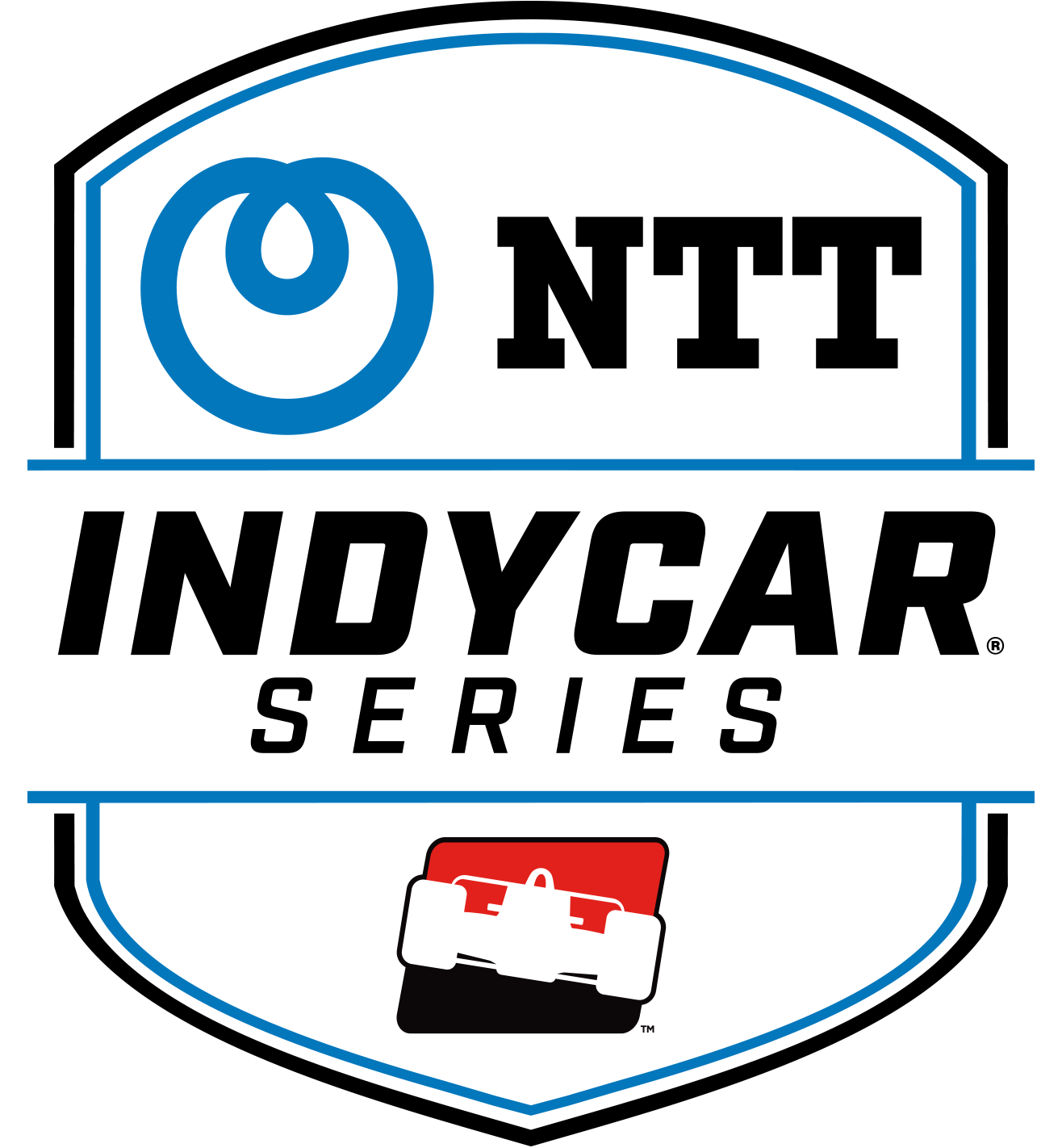APP EXCLUSIVE: 25 years ago, Mario Andretti said 'Arrivederci'
SEP 19, 2019
MONTEREY, Calif. – One of the most glorious careers in IndyCar racing came to an end at Laguna Seca Raceway on Oct. 9, 1994.
It was a day when the sport said, “Arrivederci Mario.”
With 421 IndyCar Series starts, 52 victories including the 1969 Indianapolis 500, four IndyCar “National Championships,” it was 25 years ago at the track now known as WeatherTech Raceway at Laguna Seca that Mario Andretti competed in his final IndyCar race.
Although Andretti would compete in the 24 Hours of Le Mans in 1995, ’96, ’97 and 2000, the sport’s legend would never again strap himself in an Indy car for competition. He does, however drive the IndyCar “Two-Seater” at the age of 79, giving VIPs and celebrities high-speed rides in an Indy car around the tracks on the NTT IndyCar Series schedule.
“Arrivederci Mario” was more than just a celebration of Andretti’s final race; it was a season-long festival where each track had a chance to honor the racing legend. It culminated with CART’s final race of the 1994 season.
It was both a sad day and a happy day for Andretti.
“Obviously, when you are ending something that has been so gratifying, there is some sadness to that; but at the same time, the next day you realize how blessed I am to have done it for so long and dodge all the bullets that I did and retire on my own terms,” Andretti told NTT INDYCAR Mobile. “That was not the norm in the days that I raced.
“I know that I pushed the envelope as long as I could and that when I did retire, I was still competitive. That was very competitive to me.”
Andretti’s final race ended four laps from the checkered flag when his Ford engine failed after starting 12th. He finished 19th.
“It was an interesting race because somebody at the start hit me from the back and I got a flat tire,” Andretti said. “I passed Adrian Fernandez for third and then the engine blew with four laps to go.”
The “Arrivederci Mario” campaign was orchestrated by a team of individuals, but Newman Haas Racing public relations director Michael Knight was perhaps the greatest promoter of Andretti’s final season. From “Arrivederci Mario” T-shirts that were passed out at every race to a commemorative coffee table book funded by Andretti’s sponsors, Knight got much public relations mileage out of the initiative.
“It was amazing in every way and such a compliment,” Andretti said. “Even at Laguna Seca when I came in after the morning warmup, all of the team crewmembers from every team, the mechanics and everyone, were wearing my T-shirts waving. It was an amazing display.
“I just shows how close the racing family is in so many ways when somebody organizes something like that, how people respond, it was totally overwhelming. These are memories that are with me and will be with me forever.”
With all of the fanfare that season, Andretti was soaking it all in. He experienced some of that heartfelt emotion at the 103rd Indianapolis 500 when Andretti was honored by the 50th anniversary of his 1969 Indy 500 win.
“How can you not gloat and love all of what is going on?” Andretti said. “This shows how important the fans are and how they keep you going. It’s a great boost how they keep going and how wonderful the sport is. It just doesn’t get any better.”
Andretti called his relationship with team owners Paul Newman and Carl Haas as a “lifetime relationship that was all positive.”
In the years that followed, however, Andretti struggled with life after racing. It actually affected him physically that he was no longer in a race car at high speed.
“I had a physical reaction where I was living on adrenaline my entire adult life,” Andretti said. “I was going to a professor at the University of Pennsylvania and we were trying to figure out why I had a problem breathing. He told me my immune system thought I was dead because I didn’t have any adrenaline going.
“The one thing I discovered about myself is in 1995 when I did the 24 Hours of Le Mans, when I was in the race car, I felt like a new man. I needed to be in a race car to feel good. My body, itself, had to readjust, let alone my mind. I was used to the discipline the day before practice and the event.
“My wife, Dee Ann, used to remind me that I could stay up later and have another drink because I didn’t have to prepare for a race anymore. It took me a while to do that.”
Andretti was 54 when he retired. Today, drivers retire at a much earlier age.
“It’s a personal thing,” Andretti said. “I loved racing so much; I didn’t want to let go. A.J. Foyt was not competitive at the end and I didn’t want to be like that. I had the biggest fear of not being a factor. I felt like I still had a shot at it.
“I used up everything that I could to satisfy myself. It was a double-edge sword as far as calling it quits. When I felt said, I told myself, ‘I did the right thing. No regrets.’
“My love for this sport never left me. All I cared about was the driving.”
Andretti got in an Indy car one more time and that was in 2003 when he tested Tony Kanaan’s Indy car at Indianapolis Motor Speedway. He was 63 at the time and was immediately up to speed until he hit a piece of debris from Kenny Brack’s car.
Andretti hit the debris and launched into the air, nearly clearing the wheel-fence at the Speedway. After doing a complete flip, Andretti landed on the wheels and was unhurt.
“I was a lucky guy,” Andretti said.
That was it for Andretti in terms of competing in an Indy car, but he is still behind the wheel of the Honda “Two-Seater.”
“I’m still a lucky guy,” Andretti said.
INDYCAR concludes its 17-race season with the Firestone Grand Prix of Monterey on Sunday. Television coverage will begin on NBC at 2:30 p.m. ET (11:30 a.m. PT local) with the green flag scheduled for 3:15 p.m. (12:15 p.m. local). Live radio broadcasts will be available on the Advance Auto Parts INDYCAR Radio Network and SiriusXM Satellite Radio (XM 205, Sirius 98, Internet/App 970).



















